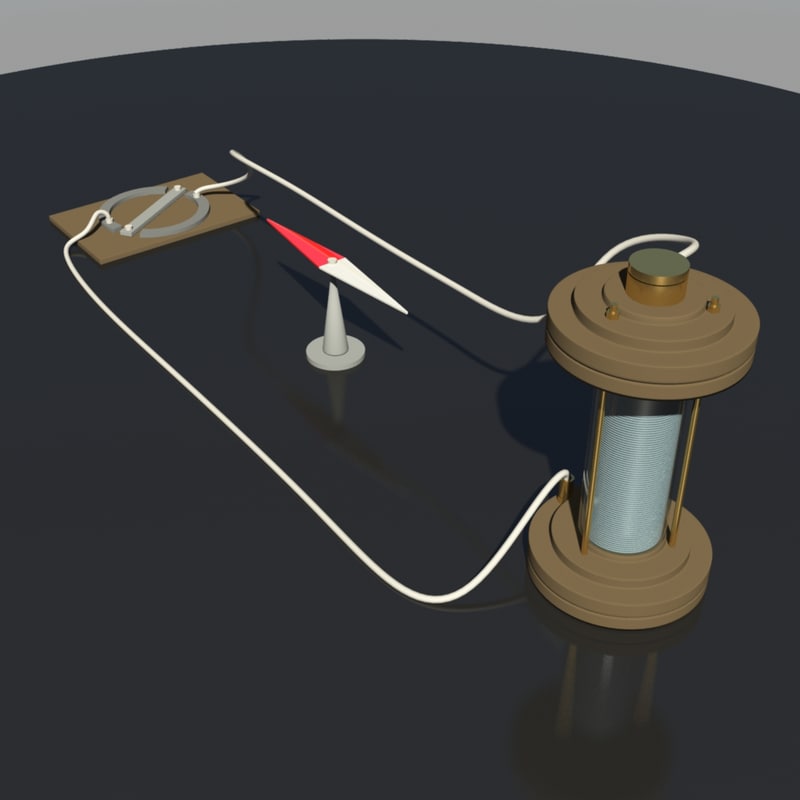Oersted's Discovery
Oersted DiscoveryA Danish scientist Hans Christian Oersted discovered the magnetic effect of current in a simple experiment when he performed a simple experiment establishing the relationship betwe...

Force on a current carrying conductor
When a charged particle moves in a magnetic field it experiences force. Similarly, when an electron moves in a magnetic field it experiences force. We all know that electric current in a conductor is due to the drifting of the free electrons in a definite direction. So, when a current carrying conductor is placed in a magnetic field, the drifting free electrons experience force. As, these electrons are within the conductor we can say that the magnetic field applies force on the conductor. So, let’s discuss about the force acting on the conductor.
Expression of force
Let’s suppose a conductor of length
and cross‑sectional area A placed at an angle θ in a uniform magnetic field B as shown in the figure. Let the current flowing through the conductor be I, vd be the drift velocity of the free electrons flowing through the conductor, n be the electron density of the conductor and e be the charge of an electron.
We know force on each electron is given by :
Altogether, there are nA free electrons in the length
of the conductor where A
is volume of the conductor. So magnitude of total force
acting along the conductor is given by
Where is the current flowing through the conductor
In vector form, the Lorentz force can be written as
The vector is taken in the direction of the current. The direction of this force is perpendicular to the plane containing
and
. It can be found by using Fleming’s left hand rule or right hand palm rule.
Reference take from Principle of Physics – Ayam Publication.